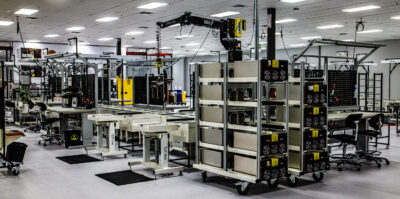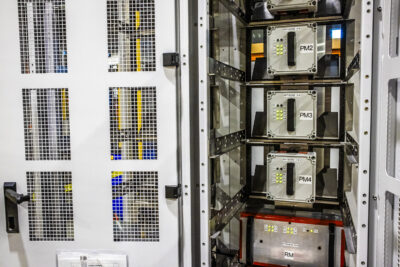Sign up for daily news updates from CleanTechnica on email. Or follow us on Google News!
Recently, Kempower invited me to attend the grand opening of their new factory in North Carolina. Normally, the journalistic thing to do is run out the door as fast as you can, get a story ready, and see who can get the story out first. But, I realized before the tour and the event was over that this wasn’t going to be one of those kinds of stories. I managed to gather a lot of information about the Kempower system, and as the old biological neural network started chewing on all of this information, I saw that this story deserves a lot more context for readers.
So, in this article, I’m going to dive a little deeper into what Kempower’s doing in North Carolina and, most importantly, explain why it really matters to the future of EV charging.
Not Just Another Charging Station Manufacturer
While I’m sure there’s some obscure trade publication out there that explains the difference between different kinds of gas pumps, I’ve never heard of it and probably won’t ever read it. Over the years, I’ve used a lot of gas pumps, and was only ever concerned with one thing: that the gas got pumped into the tank.
EV charging is much the same way. We crave a boring experience. Sure, us early adopters and charging nerds like to dive deep into the different voltages, connectors, and communications protocols, but when our family members drive an EV, what we really don’t want is for the experience to be interesting. At all. We want our friends and family to be able to plug in, get a charge. We also want them to tell our other friends and family that it was a good experience. That way, more of our friends and family can feel comfortable driving electric.
This is where Kempower’s system really shines.
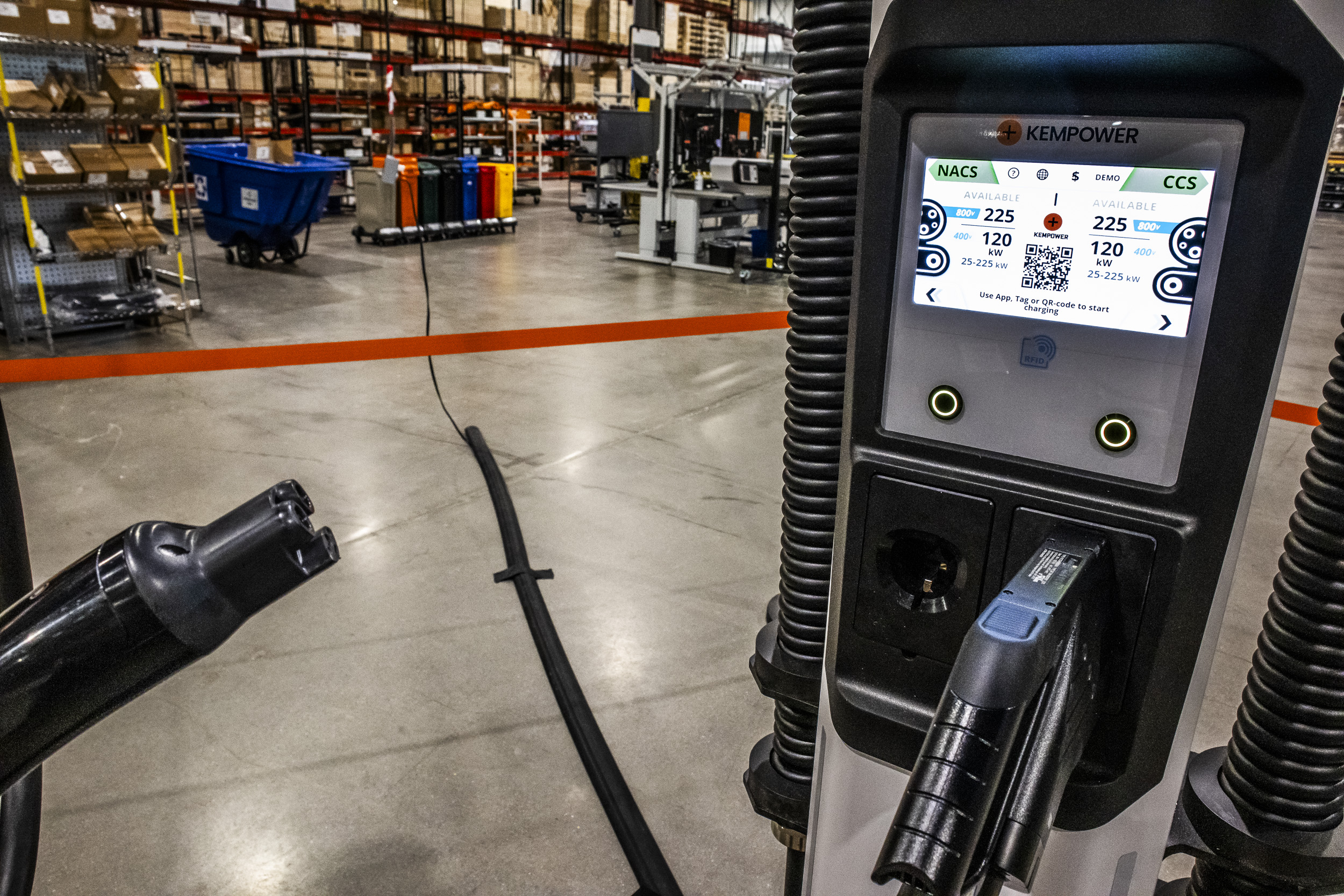
If you’re the average mainstream EV buyer and not an early adopter, you know that there’s a small charging post in front of you, and that it has the connectors your EV needs. The charging posts (called “satellites”) are modular and can come with one or two connectors of whatever kind the charging provider wants. It can be a NACS and a CCS plug, two NACS plugs, two CCS plugs, or whatever foreign plug might be desired globally. The user comes first, and the charging provider is free to do what it takes to put them first.
But, having the right plug or plugs available doesn’t matter if the station charges slowly or worse, doesn’t charge at all. What happens back at the cabinet a few yards away is what makes all the difference.
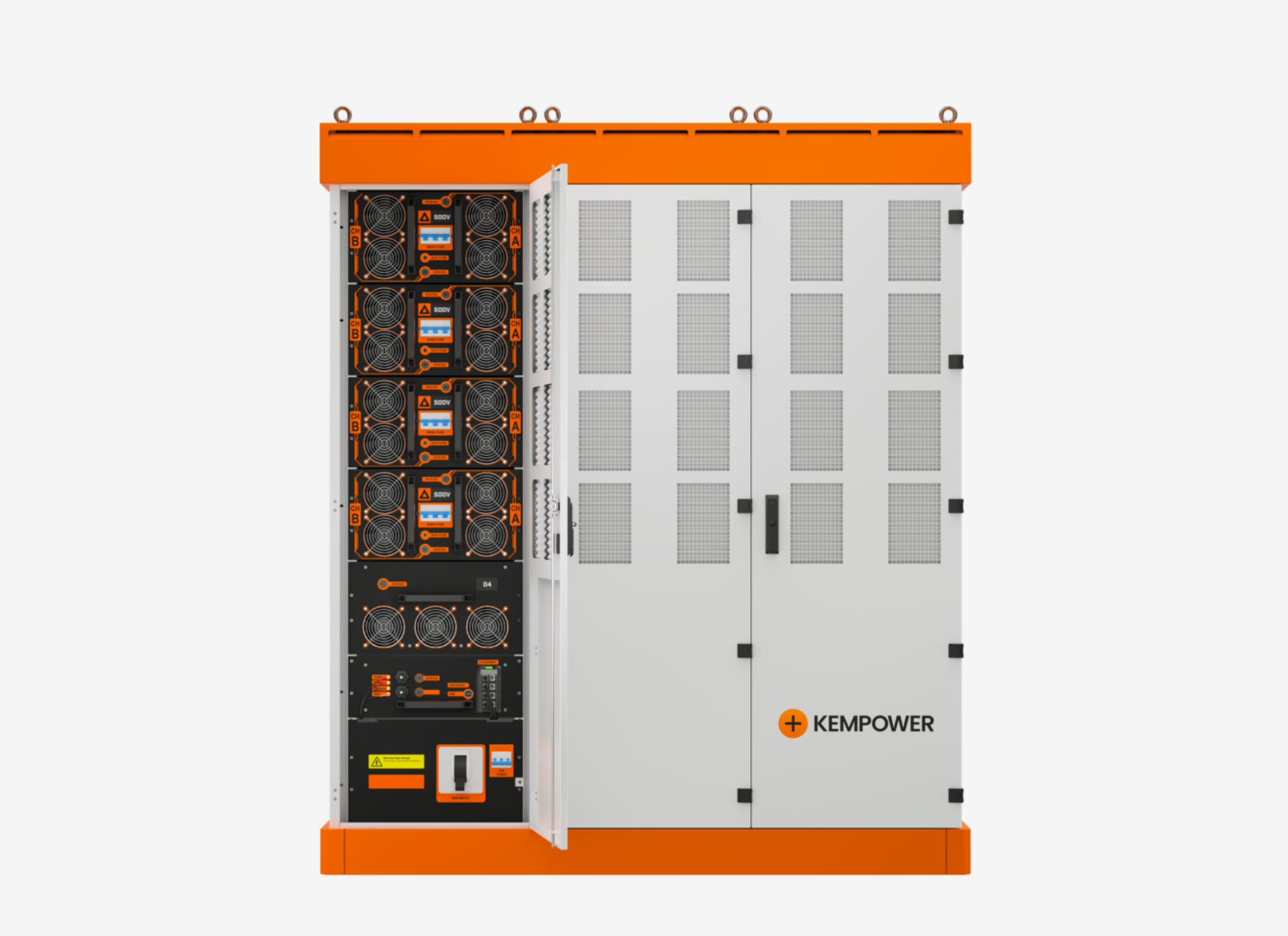
Instead of having power modules dedicated to individual or small banks of stalls, the whole system is shared and made available to individual satellite units in increments of 25 kW. Any satellite can grab as much of the power as it needs from any power module, and as the vehicle fills up and needs less power, modules are released back into the pool of available power for other vehicles. This means that any vehicle on the site is a lot more likely to get the fastest charge it can take at any voltage.
But, no matter how well you make something, it can break. It’s Murphy’s law–what can go wrong will go wrong eventually. Instead of counting on the impossible (for all power modules to work perfectly all the time), Kempower encourages charging providers to set themselves up with enough modules so that the system can continue giving most people a fast charging session even if one or two of the modules go down. With all of the power being shared and all of the remaining modules up and running, the system can keep running well despite some failure.
Obviously, a charging provider needs to get out there and swap the modules out for new ones and otherwise keep the station in great shape, but this buys them some time to get that done before it affects the user experience. Kempower has a great software and hardware system that monitors for faults like this, so it’s possible to get a tech out there and do it fast.
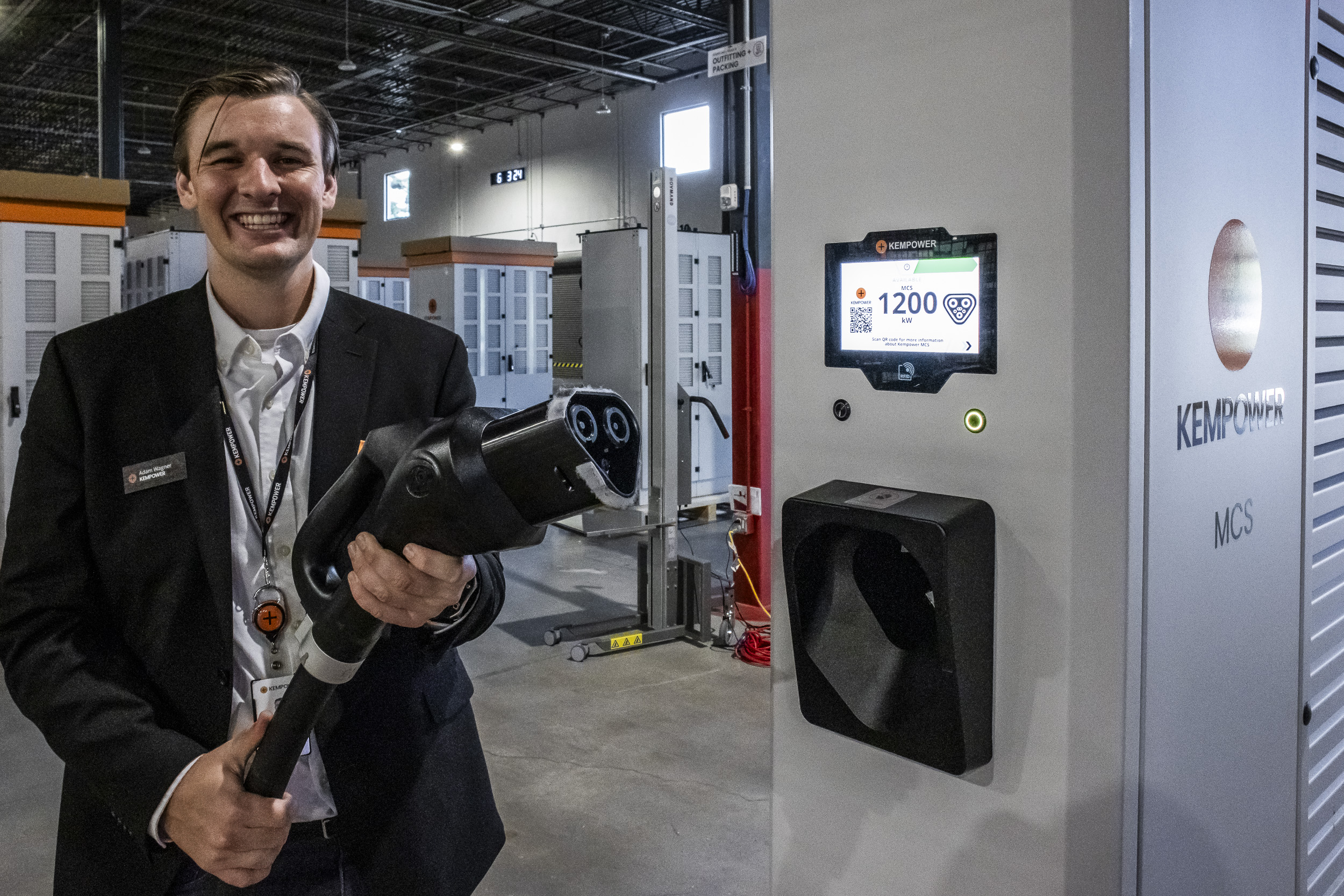
Another advantage to this modular, shareable approach to power is that all of the power can be given to one vehicle if the need exists. At larger sites with a decent number of power modules and satellite charging posts, a site owner has the option to install an additional satellite that can deliver up to 1.2 MW to a delivery truck or more. This shared approach can be great for places like gas stations, grocery stores, and possibly even truck stops/travel centers that serve both heavy trucks and light vehicles.
Of course, none of this modularity, flexibility, or resilience matters one bit if defective parts make it out of the factory and into charging stations (ask Electrify America about how that went). This is where Kempower really steps up.
Kempower does all of their own final assembly and testing in-house, subject to strict safety and reliability testing. Even the housings that contain the power modules all get tested with high voltage to make sure everything got wired up properly and all of the parts (some from suppliers) are working properly together.
How Can We Be Sure This Isn’t Smoke and Mirrors?
It’s easy to put a slick press event together. With the right dog and pony show and the right props, it’s easy to convince people of just about anything. But, this isn’t Kempower’s first rodeo. As many readers are aware, charging reliability away from Tesla stations in Europe has been a lot better than in the United States over the last few years. Kempower has been operating in years around the world powering everything from cars and trucks to earth moving equipment and more.
Along the way, the Kempower system of design and manufacturing has earned an excellent reliability record in the real world. So, this isn’t just a show. It’s a real record.
Part Of A Bigger Story Of Reliable Charging Companies Entering The U.S. Market
Along with Kempower, we’re seeing other highly-reliable charging station manufacturers like Alpitronic enter the United States market, and even set up shop in North Carolina. This means the days of competing in the market with bad hardware are coming to a close.
This doesn’t mean that other companies are all going to go out of business, but it does mean that everyone who doesn’t hold themselves to a higher standard of reliability isn’t going to last very long. The end result of the entry of companies like Kempower into the U.S. market is that the whole industry is going to be improving in the coming years. It’s just a matter of who’s going to still be standing in a few years.
Featured image by Jennifer Sensiba, showing the overall Kempower system.
Have a tip for CleanTechnica? Want to advertise? Want to suggest a guest for our CleanTech Talk podcast? Contact us here.
Latest CleanTechnica.TV Videos
[embedded content]
Advertisement
CleanTechnica uses affiliate links. See our policy here.
- SEO Powered Content & PR Distribution. Get Amplified Today.
- PlatoData.Network Vertical Generative Ai. Empower Yourself. Access Here.
- PlatoAiStream. Web3 Intelligence. Knowledge Amplified. Access Here.
- PlatoESG. Carbon, CleanTech, Energy, Environment, Solar, Waste Management. Access Here.
- PlatoHealth. Biotech and Clinical Trials Intelligence. Access Here.
- Source: https://cleantechnica.com/2024/06/09/why-kempowers-new-nc-charging-station-factory-actually-matters/


